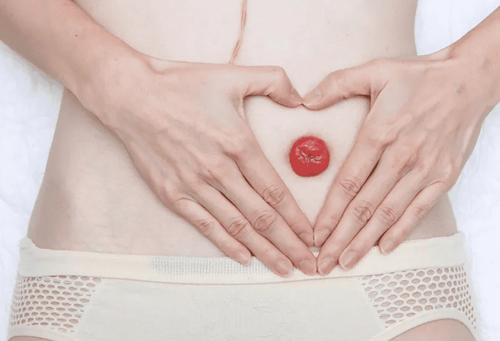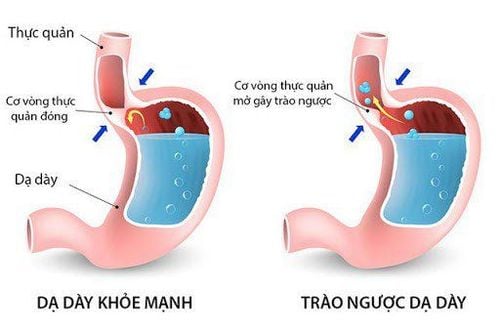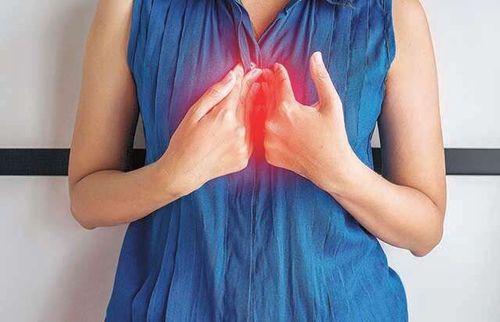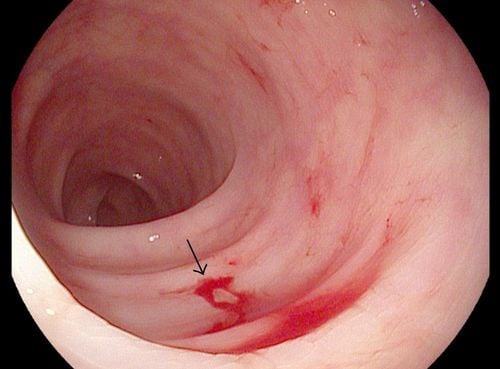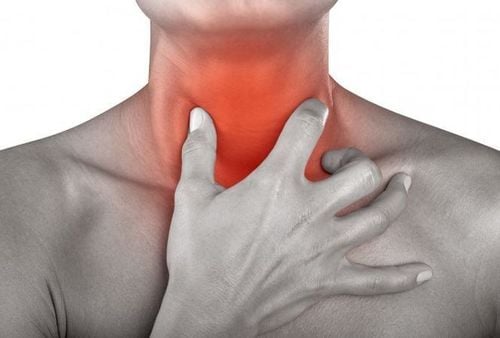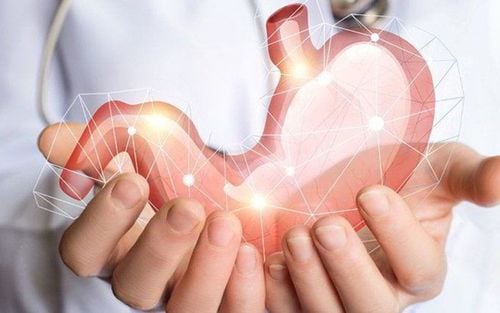This is an automatically translated article.
The article was professionally consulted by Doctor Department of Medical Examination & Internal Medicine - Vinmec Hai Phong International General Hospital.
Esophageal motility disorder is a fairly complex and newly discovered pathological lesion. Currently, the diagnosis and treatment of the disease is facing many difficulties.
1. Symptoms of esophageal motility disorders
In the early stages, patients have a feeling of heaviness in the chest, gastroesophageal reflux disease, and choking on both solid and liquid foods. The episodes of choking increase gradually over time, even accompanied by vomiting during and after eating. This condition affects long-term quality of life and weight loss in patients.
Most people with esophageal motility disorders have initial manifestations of difficulty swallowing even when drinking water, the feeling of difficulty swallowing is usually behind the sternum, spreading to the oropharynx. Reflux occurs immediately after a meal, sometimes as late as hours after eating. Other symptoms at the same time such as cough, hiccups, chest pain, burping, reflux pneumonia ...
MORE: Throat obstruction, difficulty swallowing, warning signs of what disease?
2. Common esophageal motility disorders
Diffuse esophagitis, achalasia, and gastroesophageal reflux are the most common esophageal motility disorders.

2.1 Cardiac spasm Occurs when the esophageal muscle fails to relax. Patients feel pain when swallowing food, difficulty swallowing. As the disease progresses, the esophagus gradually expands, which relieves pain, but difficulty swallowing increases. Patients are treated mainly using dilatations or esophageal sphincterotomy. In addition, drugs can be used to relax the lower esophageal muscle as prescribed by the doctor in the early stages of the disease.
2.2 Diffuse esophageal spasm Causes less chest pain than achalasia. Here, due to the loss of muscle coordination, there is only peristalsis of the lower esophageal muscle layer. The patient was treated with drugs that relax the esophageal sphincter.
2.3 Gastroesophageal reflux The patient will have symptoms such as painful swallowing, vomiting, belching; hoarseness, sore throat, cough; increased salivation; bronchial asthma...
Besides, the patient feels a burning sensation from the epigastric region, spreading to the back of the sternum, even up to the throat, the condition increases after eating, lying down or leaning back. ahead.
To treat this condition, patients can use proton pump inhibitors, while maintaining a reasonable and healthy diet and lifestyle will contribute to increasing the effectiveness of the treatment of gastroesophageal reflux. manage.
SEE ALSO: Swallowing - Signs of esophageal cancer tumor has developed

3. Diagnosis of esophageal motility disorders
When there are clinical manifestations to diagnose esophageal motility disorders, patients need to perform accurate diagnostic tests to avoid confusion with other digestive diseases. Specifically, tests should be done such as:
X-ray of the esophagus with contrast Contrast Gastro-oesophageal endoscopy to directly observe the lining of the esophagus, cardia and stomach. Through endoscopic images, the doctor will clearly see the lesions, helping to differentiate other lesions such as tumors, esophageal cancer, and stomach cancer. In addition, endoscopy also allows direct sampling to perform pathological diagnoses depending on the patient's condition.
4. Treatment of esophageal motility disorders
Depending on the patient's esophageal motility disorder, the treating doctor will prescribe the appropriate treatment method.
4.1 Medical treatment Medical treatment with calcium channel blockers such as nifedipine and nitrate groups such as isosorbide dinitrate, nitroglycerin helps reduce lower esophageal sphincter pressure.
Using medical treatment is preferred for elderly patients, patients with contraindications to the procedure, surgery or patients waiting for surgery.
Using drugs to treat esophageal motility disorders often works after a period of treatment, but there are many side effects, especially for patients with a history of or having cardiovascular disease.
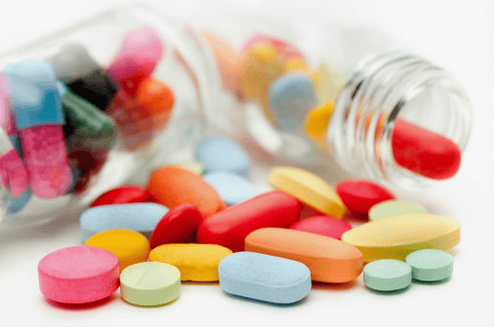
4.2 Injection In addition, esophageal motility disorders can be treated by procedures such as endoscopic injection of botulinum toxin into the lower esophageal sphincter, botulinum. This method helps to reduce muscle spasms, balance the process of excitement and inhibition of the control of the lower esophageal sphincter.
However, the disadvantage of this method of treatment is that it can cause inflammation, muscle fibrosis, making it difficult for surgery later. Therefore, it is often indicated to treat elderly patients who are not able to have surgery.
4.3 Esophageal dilation The endoscopic balloon esophagectomy has a relatively high success rate for the treatment of esophageal motility disorders.
Up to now, surgery is the best treatment for patients with esophageal motility disorders, however, it should be based on the patient's condition to designate effective treatment.
Patients with esophageal motility disorders also need to pay attention to a healthy lifestyle, especially in eating and living habits. Specifically, patients need to eat slowly, chew thoroughly, eat liquid food, avoid eating and lie down immediately, when sleeping with the pillow high. When there are abnormal signs or a history of digestive diseases, it is necessary to have regular check-ups, effective treatment, and limit the risk of dangerous complications such as esophageal cancer.
Please dial HOTLINE for more information or register for an appointment HERE. Download MyVinmec app to make appointments faster and to manage your bookings easily.




